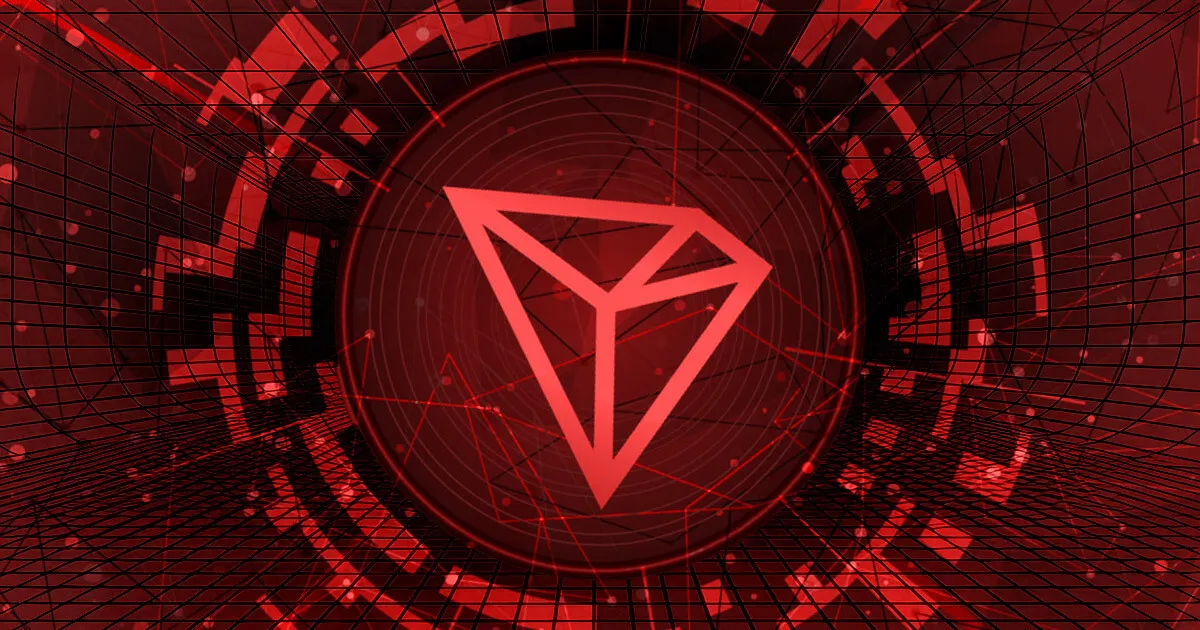TRON Network transaction fees skyrocket, how should users respond?

As we all know, TRON, a competing blockchain to Ethereum, has been popular among many Web3 users due to its low network transaction fees. However, the exponential increase in TRON Network transaction fees has caused many problems for users.
Unlike the situation in Ethereum and Bitcoin, where market factors such as high trading volume and limited block size push up transaction fees, the reason for the increase in TRON Network transaction fees is not due to the rise in transaction volume but rather because of Proposal 83 passed by TRON DAO (https://tronscan.org/#/proposal/83), which artificially raised default transaction fees after a network upgrade.
This result is likely due to TPOS nodes on the TRON Network trying to earn more network fees. Users need to understand how TRON Network’s transaction fee mechanism works if they want to save on transaction fee costs.
According to information provided on TRON’s official website, currently, two parts make up its network transaction fee: bandwidth and energy. All transactions on the network require payment of corresponding bandwidth. 1 byte trade requires 1 bandwidth. After daily bandwidth consumption is exhausted, additional fees must be made using TRX as the transaction fee (i.e., transaction fee = consumed bandwidth* each bandwidth price 0.001TRX).
Running smart contracts on the TRON Network also requires consuming specific amounts of energy depending on contract complexity levels. When limited daily energy is fully exhausted, additional payments must be made using TRX as the transaction fee (i.e., transaction fee = consumed bandwidth*each energy price 0.00042TRX).
Since each user’s daily allocation for bandwidth and energy is limited, when the TRX price of each energy and bandwidth increased over the upgrade, users naturally had to pay more transaction fees. So, can users significantly reduce these fees?
To reduce transaction fees, users need to obtain more bandwidth and energy. TRON Network provides two ways: staking and leasing.
TRON Network allocates 1,500 units of bandwidth per account per day. Users can stake additional TRX to share the bandwidth. Currently, the total supply of daily bandwidth in the network is 43,200,000,000. By staking TRX, the user will receive a corresponding amount of bandwidth: staking amount / total network bandwidth TRX * 43,200,000,000. Users can commit TRON transactions by sending FreezeBalanceContract type to obtain bandwidth.
Similarly, through staking TRX, it is possible to share the energy: staking amount / total network energy staking TRX * 90,000,000,000. Users can also send FreezeBalanceContract type transactions to stake TRX to get energy.
It is noted that although users can set parameters limiting maximum network fee consumption on a transaction when smart contract execution times out or error occur, this still consumes transaction fees. This is why even if a user sends an unsuccessful trade attempt, they may still have been charged network transaction fees that are NOT collected by wallets or trading platforms.
Apart from users actively stake to obtain energy and bandwidth, third-party platforms can also lease energy and bandwidth to users. The platform freezes its own TRX and provides free power and bandwidth to users, which can significantly reduce transaction fees by 1/3—1/2.
Cregis, as a clearing and settlement infrastructure of Web3, has implemented a service to address the issue of high fees on the Tron network by utilizing smart contracts to reduce gas fees. This feature is one of the core components of the AA wallet. It means that Cregis, which has been in operation for six years, has mature technical capabilities such as MPC and AA.
Currently, Cregis has provided a service --- Gas Station Network (GSN), which has been in operation for 3 months and has already helped users save over 3.9 million TRX on Tron Network. This GSN, created by the Cregis, is now ranked as one of the top 8 smart contract activities on Tron Network. It has opened for all users on Cregis, including more than 3,200 Web3.0 projects and organizations.
For enterprise users, TRON Network is commonly used for large transfers and complex contract calls. This type of user may perceive the increase in Tron network fees more prominently. Cregis, as a Web 3 clearing and settlement infrastructure, through the way to proactively deploys smart contracts and helps to save users on network fee costs while maintaining users’ 100% ownership of their assets.
Reflection on Tron Network, changing the charging fee mechanism for the purpose of generating additional revenue for the TPOS nodes or for other reasons does not appear to be conducive to its long-term development. While other blockchains strive to decrease network fees through scaling, such actions may result in the loss of users to other blockchains with lower fees, or other platforms that offer superior service.